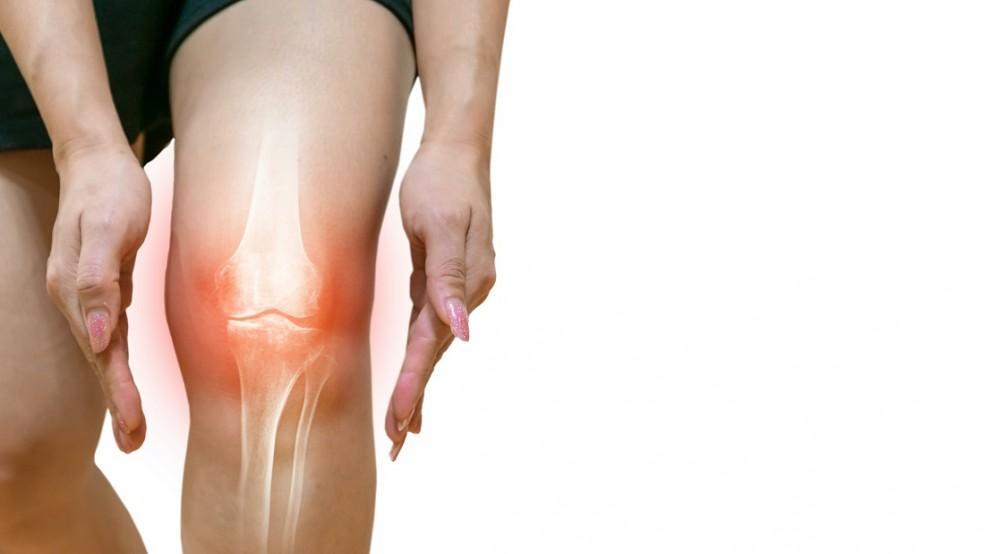Joint pain is a common issue that affects people of all ages, especially older adults and those with arthritis or injuries. While medical treatments and medications are helpful, many individuals prefer natural remedies to manage joint pain, reduce inflammation, and improve mobility—right from the comfort of their homes.
This article discusses effective, science-backed natural remedies that can help ease joint discomfort without relying solely on pharmaceuticals.
What Causes Joint Pain?
Joints are the points in the body where bones meet, such as the knees, shoulders, hips, and elbows. Joint pain can be caused by:
- Arthritis (Osteoarthritis or Rheumatoid Arthritis)
- Injuries (Sprains, strains, or fractures)
- Gout (Uric acid build-up)
- Tendinitis (Inflamed tendons)
- Overuse or age-related wear and tear
Chronic joint pain can affect your ability to walk, climb stairs, perform tasks, or even sleep comfortably.
Benefits of Natural Remedies for Joint Pain
Natural remedies offer several advantages, including:
- Fewer side effects compared to long-term use of pain medications
- Improved mobility and flexibility
- Better support for long-term joint health
- Cost-effectiveness and accessibility
- The ability to combine multiple approaches for comprehensive relief
Effective Home Remedies for Joint Pain Relief
Here are the most widely used and trusted natural methods to manage joint pain at home.
1. Hot and Cold Therapy
Heat Therapy:
- Helps relax muscles and improve blood flow
- Use warm towels, heating pads, or warm baths
Cold Therapy:
- Reduces swelling and numbs the affected area
- Use ice packs wrapped in a towel (not directly on the skin)
Alternate between both methods for effective relief, especially after injury or inflammation flare-ups.
2. Turmeric and Ginger
Both are natural anti-inflammatory spices that help reduce joint pain:
- Turmeric contains curcumin, which has powerful anti-inflammatory effects
- Mix turmeric powder with warm milk or add it to meals
- Ginger tea or fresh ginger slices also provide pain relief
For best results, use these regularly in your diet.
3. Epsom Salt Soaks
Epsom salt contains magnesium sulfate, known for easing sore muscles and joints:
- Add 1–2 cups of Epsom salt to a warm bath
- Soak the affected area for 15–20 minutes
- Repeat a few times a week for optimal benefit
This remedy is particularly helpful for hand, knee, and foot joint pain.
4. Exercise and Stretching
Staying active strengthens the muscles around the joints:
- Engage in low-impact exercises like walking, swimming, or cycling
- Gentle yoga or tai chi improves flexibility and balance
- Stretching helps prevent stiffness and improves blood flow
Avoid high-impact activities that strain the joints.
5. Massage Therapy
Massaging the affected area can:
- Increase blood circulation
- Reduce inflammation
- Loosen tight muscles around the joint
Use warm oils like mustard oil, olive oil, or coconut oil for better results. Massage in circular motions for 10–15 minutes daily.
6. Maintain a Healthy Weight
Excess weight puts stress on weight-bearing joints (knees, hips, back). Losing even a few kilograms can:
- Decrease joint pressure
- Slow cartilage breakdown
- Improve overall movement and pain levels
A balanced diet and light exercise are key.
7. Herbal Supplements
Some natural supplements may support joint health:
- Boswellia (Indian frankincense): Reduces inflammation
- Glucosamine and Chondroitin: Support cartilage and joint lubrication
- Omega-3 Fatty Acids: Found in fish oil; reduces stiffness and pain
Always consult a healthcare professional before starting any new supplement.
8. Diet Rich in Anti-Inflammatory Foods
Your diet can play a big role in managing joint pain:
- Eat: leafy greens, berries, nuts, seeds, fatty fish (like salmon), and whole grains
- Avoid: sugary snacks, fried foods, processed meats, and excessive alcohol
Staying hydrated also keeps joints lubricated and healthy.
Lifestyle Adjustments to Prevent Joint Pain
| Habit | Benefit |
|---|---|
| Good posture | Reduces stress on joints and spine |
| Proper footwear | Supports knees and ankles |
| Ergonomic furniture | Helps maintain alignment during work |
| Regular movement breaks | Prevents stiffness during long sitting |
| Rest and sleep | Aids in tissue repair and pain recovery |
Conclusion
Joint pain can be frustrating, but it doesn’t always require expensive treatments or prescription medications. With consistent use of natural remedies—like hot/cold therapy, herbs, exercise, and a clean diet—you can manage pain effectively at home. These practices not only provide relief but also improve long-term joint health and mobility. Always listen to your body and seek medical advice if symptoms persist or worsen.
FAQs
1. How often should I use hot or cold therapy for joint pain?
Cold therapy is best for acute pain or swelling and can be used several times a day for 10–15 minutes. Heat therapy is better for stiffness and can be applied in 20-minute intervals.
2. Are turmeric supplements better than turmeric in food?
Both are helpful. Supplements offer concentrated curcumin doses, but regular use in food also provides anti-inflammatory benefits.
3. Can I exercise if I have joint pain?
Yes. Low-impact exercises strengthen muscles and reduce stiffness, but avoid any activity that causes sharp or worsening pain.
4. Which foods should I avoid if I have joint pain?
Limit processed foods, sugary snacks, red meats, refined carbs, and trans fats as they can increase inflammation.
5. When should I consult a doctor for joint pain?
If joint pain is severe, sudden, or persistent for more than a few weeks despite home care, seek professional medical advice for proper diagnosis and treatment.
